True crime has its understandable detractors, many of whom contend that the nonfiction genre offers little more than exploitation of victims. By intercutting autopsy reports and graphic crime scene photos with long takes of grieving family members, it can take on the walk and talk of voyeurism. Defenders acknowledge this voyeurism and observe that it provides viewers with stories of killers caught and wrongdoers exposed; sometimes, true crime docs can even help free the innocent. This can be a balm in a landscape filled with bad systems that protect bad people, who get away with doing bad things.
Plenty of viewers find value in true crime documentaries and series; if nothing else, they can be important for identifying insidious institutions as well as individuals. The Mary Sue’s Princess Weekes goes one further in her piece, True Crime Is Teaching the World Just How Unfair the Criminal Justice System Is—so POC Don’t Have To. “As we consume all this media that talks about people being convicted on weak evidence,” she writes, “we also need to be aware of the ways police are allowed to lie during interrogation, the way that most people take a plea deal rather than go to trial, the way money and power play into the legal system, and that if everyone who could try their case actually did, our courts aren’t prepared to handle it all.”
Included in this roundup are feature documentaries and docuseries alike, and where you can find them. The shortest is a mere 40 minutes, while watching all of the Paradise Lost movies is nearly a four-hour commitment. From the micro to the macro, these stories have the power to exonerate, to bring assailants from the shadows into the light, and to amplify the voices of survivors. Here are the ten best true crime documentaries, ranked.
10. Long Shot
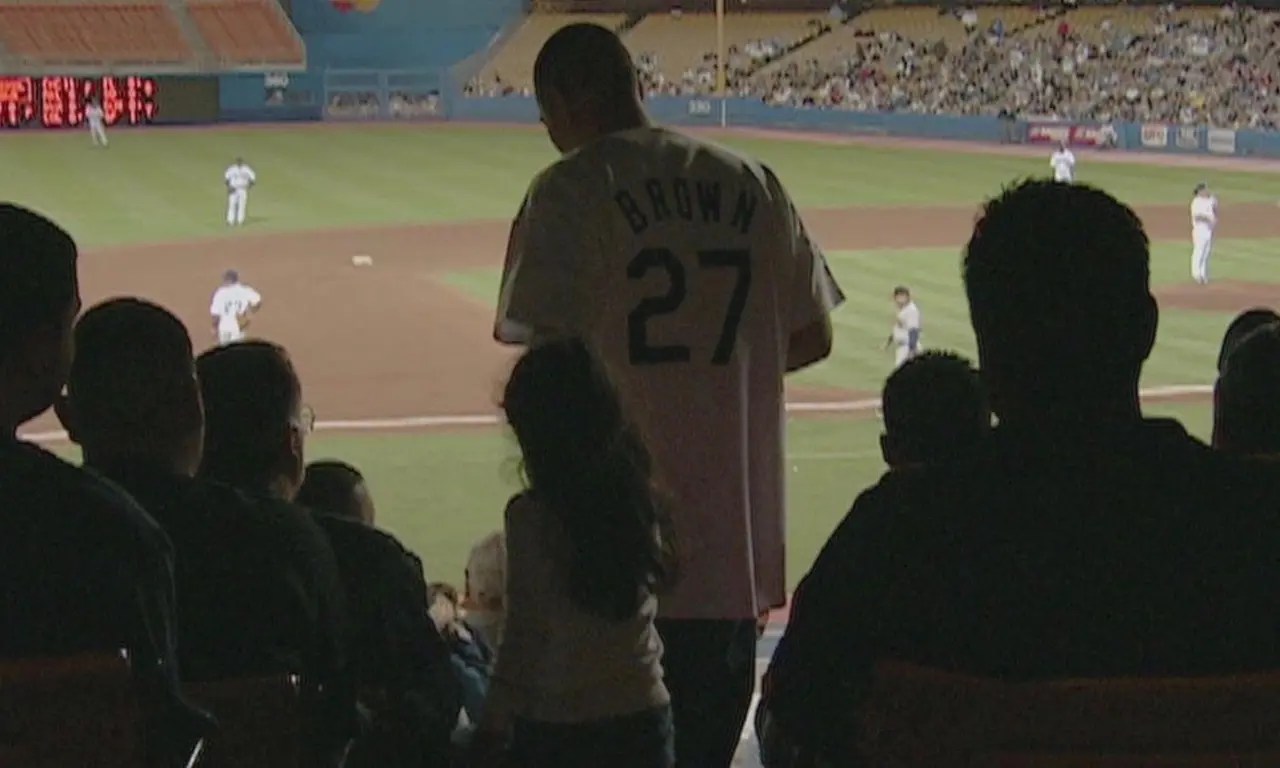
Where to watch: Netflix
Jacob LaMendola’s 2017 short documentary Long Shot recounts the saga of Los Angeles resident Juan Catalan, who was fingered for a gang-related homicide in 2003. In a previous, separate homicide case, LAPD detectives falsely claimed that 16-year-old Martha Puebla had identified a member of the Vineland Boys (a group with which Catalan’s brother was associated) as the killer; this put a target on the girl’s back, and weeks later, she was shot and killed in front of her home in Sun Valley.
This is the crime that Catalan was accused of committing, and he professed his innocence from the very start. At the time of the killing, Catalan claimed to be attending a baseball game at Dodger Stadium with his four-year-old daughter. He furnished ticket stubs, which could have been bought by anyone. Facing life in prison, Catalan needed proof that placed him at the stadium at the time of the murder. The regular game footage didn’t provide any images clear enough to get him off the hook, but he did recall one small detail: that someone famous was filming a show in his section—some guy named “Super Dave Osborne.” Fans will recognize Super Dave as the comedic character created by Bob Einstein, who was a regular on HBO’s Curb Your Enthusiasm, which was indeed filming at the stadium on that fateful day. The film’s title refers to the Hail Mary attempt to get a hold of that footage when a man’s freedom hung in the balance.
Coming in at a crisp 40 minutes and featuring interviews with Catalan, his lawyer Todd Melnik, and Curb Your Enthusiasm‘s Larry David, Long Shot is a pocket-sized story about one man’s massive lucky break, and the unlikely TV network that cleared his name.
9. The Women and the Murderer
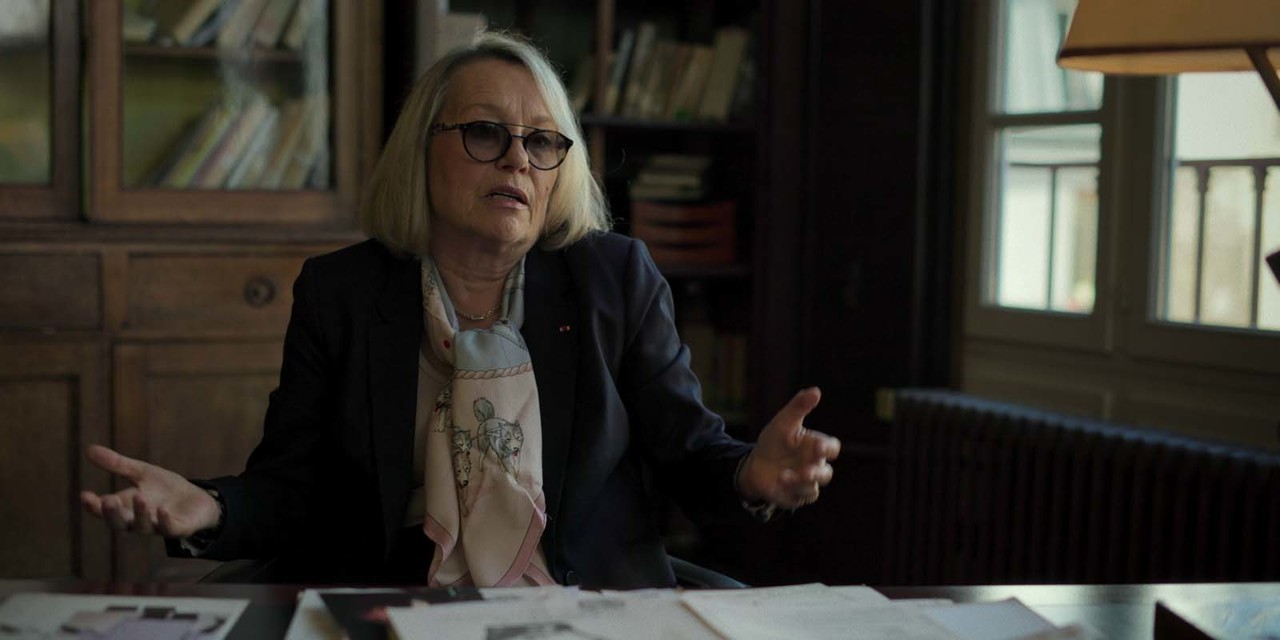
Where to watch: Netflix
When recommending French documentary The Women and the Murderer, I like to compare its approach to that of The Poisonwood Bible. Barbara Kingsolver’s novel tells the story of a white missionary family moving to the Belgian Congo in 1959, and each chapter features the point of view of either the mother of the family or any of her four daughters as they adjust to African village life. One voice is noticeably absent in the story: that of arrogant and culturally ignorant patriarch Nathan Price. For all the control he exerts in the plot, Kingsolver’s mode of storytelling strips him of narrative power.
Such is the effort from co-directors Mona Achache and Patricia Tourancheau, who center women first and foremost in their 2012 feature account of the apprehension and trial of serial killer Guy Georges. Rather than platforming any manifesto or ravings from the man who killed seven women in Paris between 1991 and 1997, the 92-minute runtime of The Women and the Murderer is dedicated to hearing from women like the mother of one of the victims, a Parisian journalist covering the case, Georges’ defense lawyer, a prosecution lawyer, and the head of the police’s Serious Crimes Unit at the time. According to a 2022 poll, women make up the majority of true crime consumers, and there’s something poetic about a documentary that shines a spotlight on the women involved in bringing down a man who made it his business to wage violent war on the whole gender.
8. Paradise Lost: The Child Murders at Robin Hood Hills
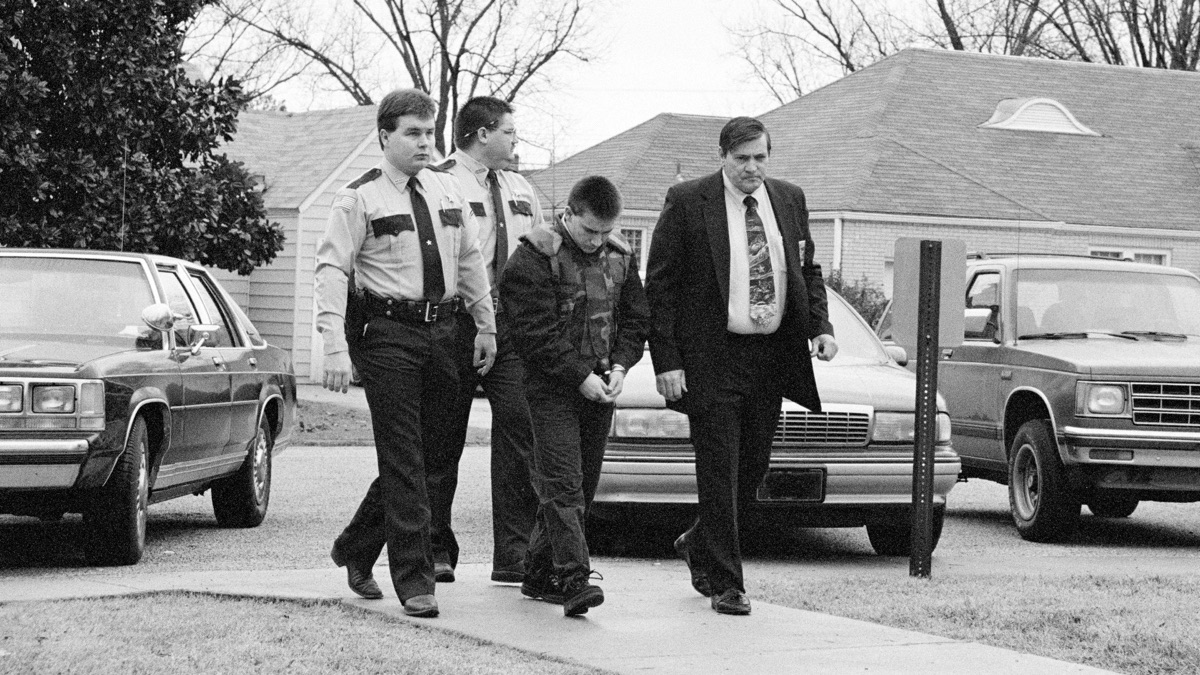
Where to watch: Max
If you’ve watched season 4 of Stranger Things, you’re at least vaguely familiar with the West Memphis Three, the subject of the true crime doc Paradise Lost: The Child Murders at Robin Hood Hills. The hit Netflix series features a beloved character named Eddie Munson, a headbanging metalhead with a teenager’s morbid interest in the occult. When another teen is attacked, all eyes turn to Munson as the prime suspect, and accusations of satanic worship fly. The showrunners confirmed that Munson was inspired by Damien Echols, one of a trio of young men wrongfully accused of the heinous homicide of three young boys in 1993.
When the bodies of three eight-year-old boys were found in West Memphis, Arkansas, suspicion quickly landed on Jessie Misskelley, Jason Baldwin and Damien Echols. Scant evidence connected them to the crime, but in the Satanic Panic era, wearing all black and listening to Metallica (who gave permission for their music to be used in the doc) could raise suspicion—add in a strong-armed confession, and it could put you on death row. Raising issues of classism, institutional bias, moral panics, and conservative Christian paranoia, co-directors Joe Berlinger and Bruce Sinofsky examine the trial, media frenzy, and lingering questions following the arrest of the boys who would become known as the West Memphis Three.
Paradise Lost and its 2000 and 2011 follow-ups (titled Revelations and Purgatory, respectively) are all currently available to stream on Max. Those interested in the case can look further into the subject with Amy Berg’s 2012 documentary West of Memphis, which boasts producer credits by Peter Jackson and partner Fran Walsh, along with Echols himself and his wife Lorri Davis. It’s comprehensive, but the next film on the list is Berg’s investigative masterpiece.
7. Deliver Us From Evil
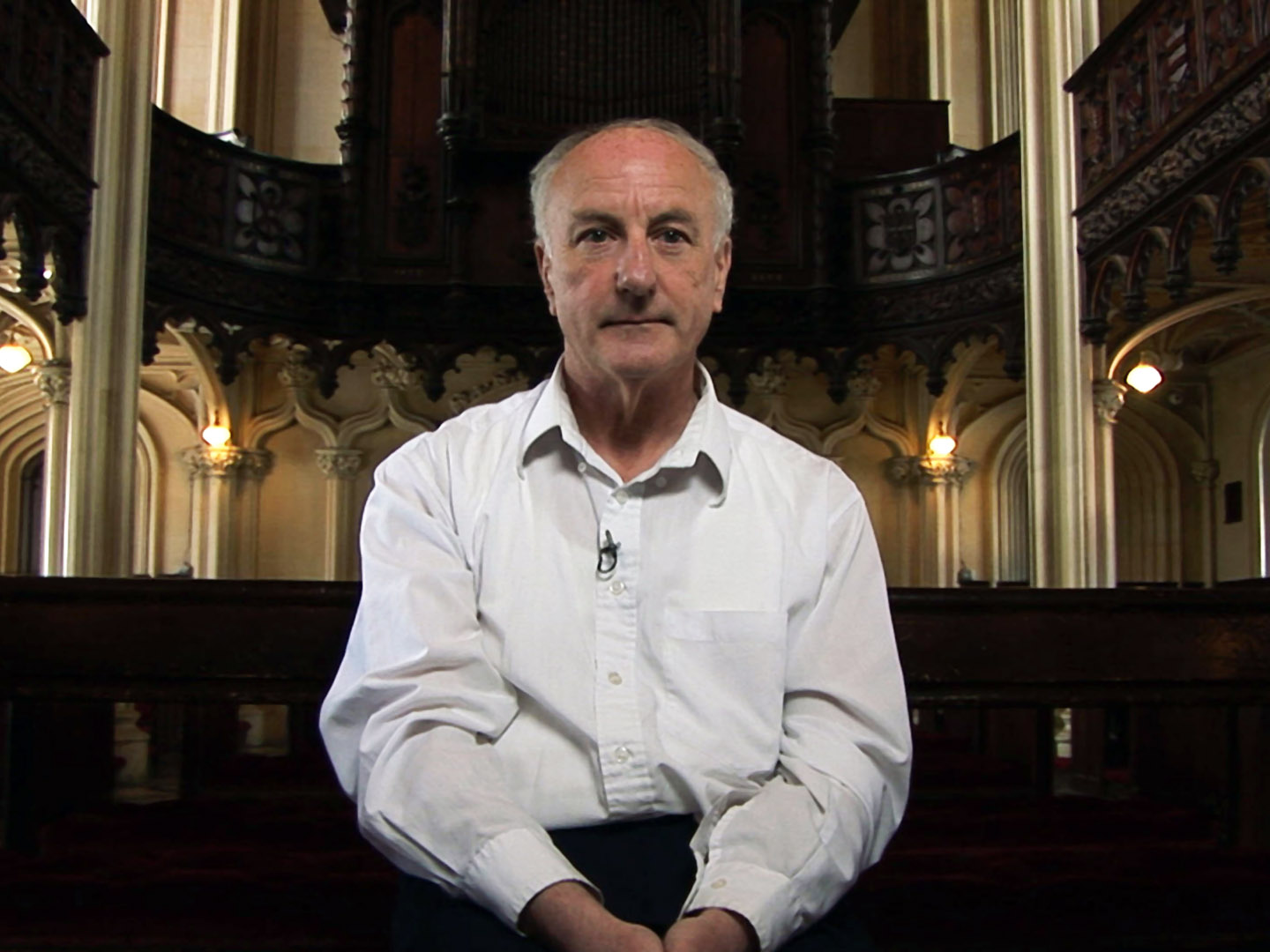
Where to watch: Tubi, Redbox
Written and directed by Amy Berg, Deliver Us From Evil examines one Oliver O’Grady, an Irish Catholic priest in Northern California who was convicted of lewd and lascivious acts in 1993. Grady admitted to having molested and raped at least 25 children over a span of two decades, and even worse, he claimed that church officials knew about it and covered it up by moving him from parish to parish.
Berg’s presentation of trial documents, alongside interviews with O’Grady, lawyers, and members of the Los Angeles Archdiocese, and testimony from survivors and activists comes to the same conclusion: the church knew and they covered it up. Berg’s film indicts one man for his crimes, and further implicates the institution that actively protected him in yet another church shell game of Hide the Priest, without regard for the lives forever damaged in his wake. It was nominated for an Oscar for Best Documentary Feature, ultimately losing to Davis Guggenheim’s global warming harbinger An Inconvenient Truth. Deliver Us From Evil is best paired with a calming chamomile tea, because watching it will make your blood boil with outrage.
6. The Devil Next Door
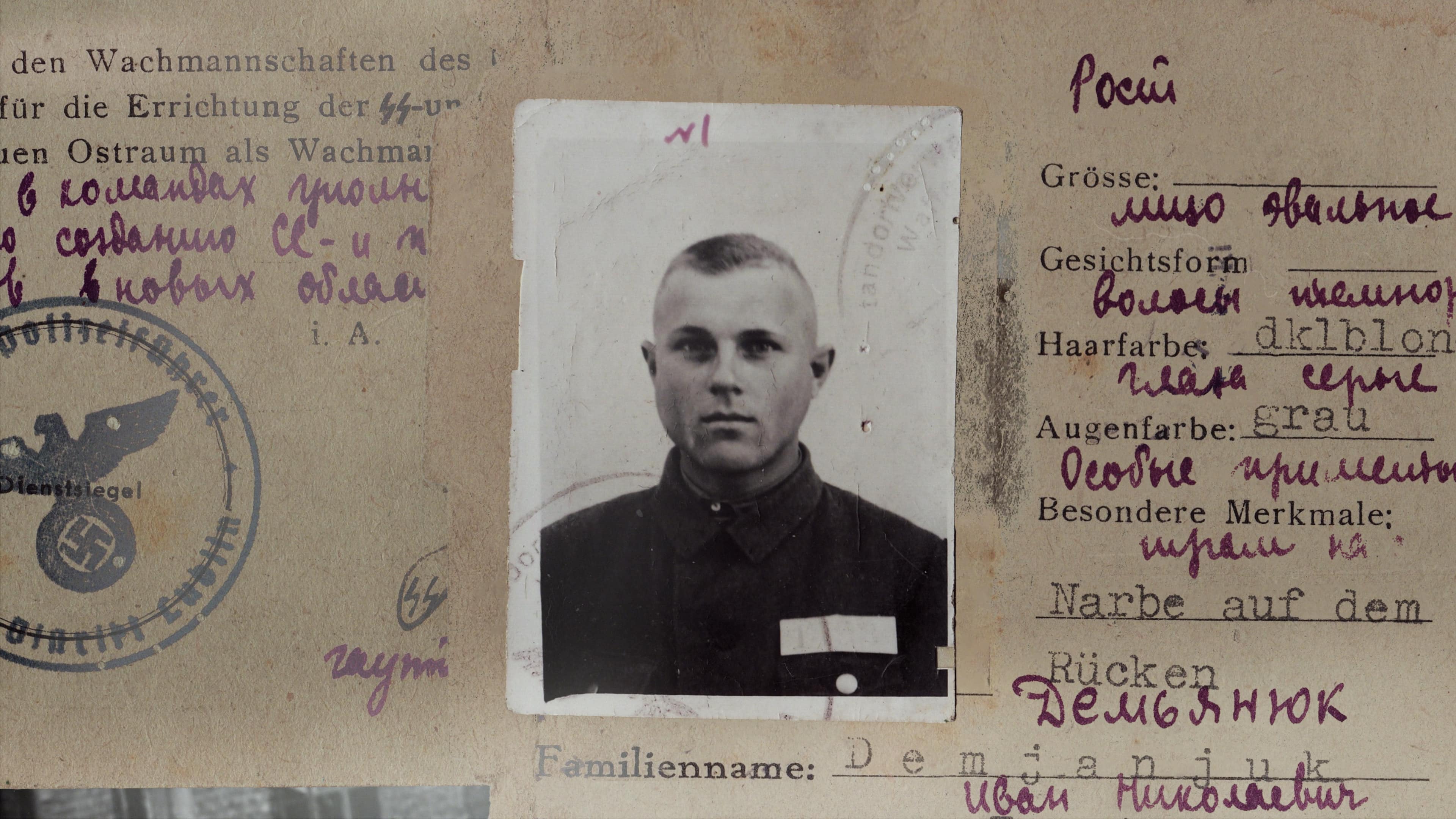
Where to watch: Netflix
The Devil Next Door is exactly what the title implies. The documentary series concerns John Demjanjuk, a retired auto worker in Cleveland who is accused of war crimes committed during his time serving as a guard in the WWII-era Nazi death camps. Specifically, he’s accused of being a sadistic Treblinka extermination camp guard who earned the moniker “Ivan the Terrible” for his sadistic cruelty towards prisoners.
The key term in this series is “reasonable doubt,” something the prosecution must reckon with in Demjanjuk’s sensationalized trial. Claiming to be nothing more than a hardworking American citizen throughout his 1986 arrest and subsequent extradition to Israel, Demjanjuk sat face-to-face with Holocaust survivors who identified him as Ivan the Terrible. But how reliable can a survivor be when identifying their tormentor after 40-plus years? It didn’t take long to establish Demjanjuk’s Nazi past, but was he the notorious Ivan, or was this a heightened case of mistaken identity? Could he be held to account as an accessory to thousands of murders carried out during his term of military service? Whether you like the answers to those questions or not, The Devil Next Door keeps you riveted for the whole journey.
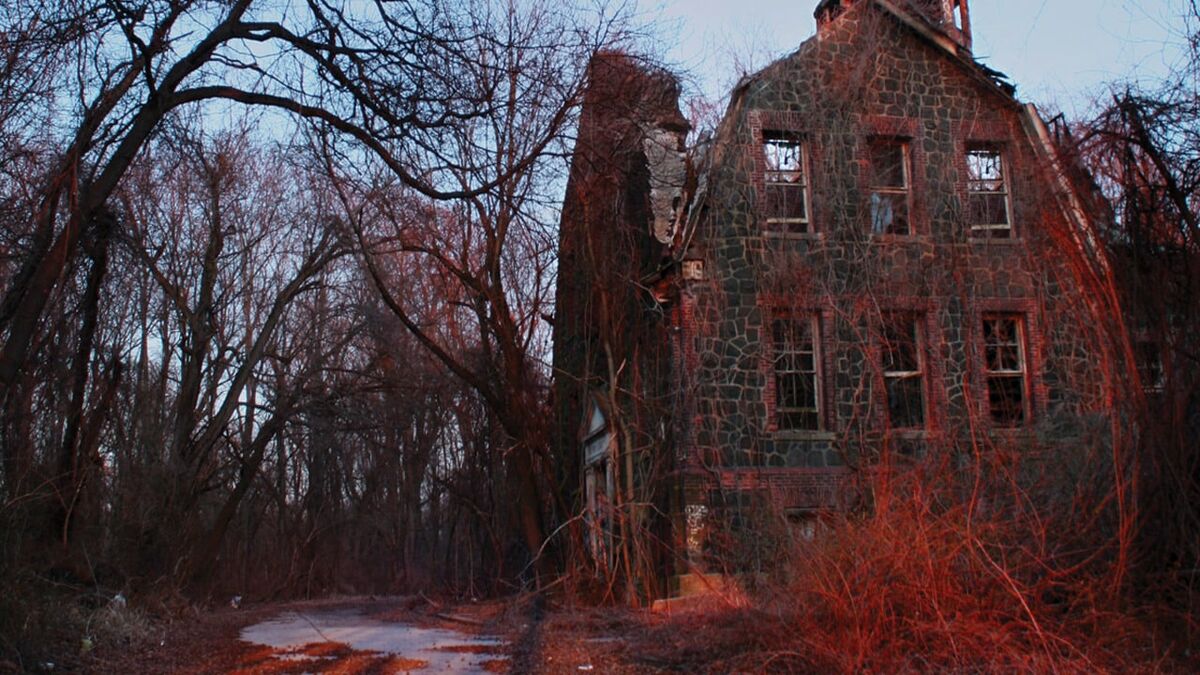
Where to watch: Prime Video
Cropsey is one of the most bone-chilling documentaries out there, the kind of movie you recommend to that friend who likes horror movies. Horror fans are intimately aware of the human instinct to rationalize the unfathomable through legends and tall tales; the Candyman franchise fixates entirely on this concept. Every era has a boogeyman whose heinous crimes are recounted to young people as a cautionary tale, like a hook-handed killer who targets promiscuous teens on Lovers Lane. In Cropsey, filmmakers Joshua Zeman and Barbara Brancaccio continue the oral tradition with a report on their own local urban legend, giving it thorough analysis and weight.
“To the kids in our neighborhood,” Zeman says in the film’s opening, “Cropsey was the escaped mental patient who lived in the tunnels beneath the old, abandoned Willowbrook Mental Institution, who would come out late at night and snatch children off the streets. Although we didn’t know each other as children, Barbara and I had both shared versions of the Cropsey legend as it filtered through our separate neighborhoods and seeped into our collective fears.”
What starts as an exploration of the Cropsey legend transitions into a close look at convicted child kidnapper Andre Rand (known as the Pied Piper of Staten Island), whose crimes notably overlap with those attributed to Cropsey. The overall product is a grim, low-budget tapestry woven with the mechanics of urban legends, the disappearance of a handful of local children, legal turmoil and community trauma, and the origins of a regional boogeyman story. You can find plenty of docs about Slenderman and even more about people accused of occult sacrifice amid Satanic Panic, but with Cropsey, you’ll learn about a boogeyman that’s real.
4. The Thin Blue Line
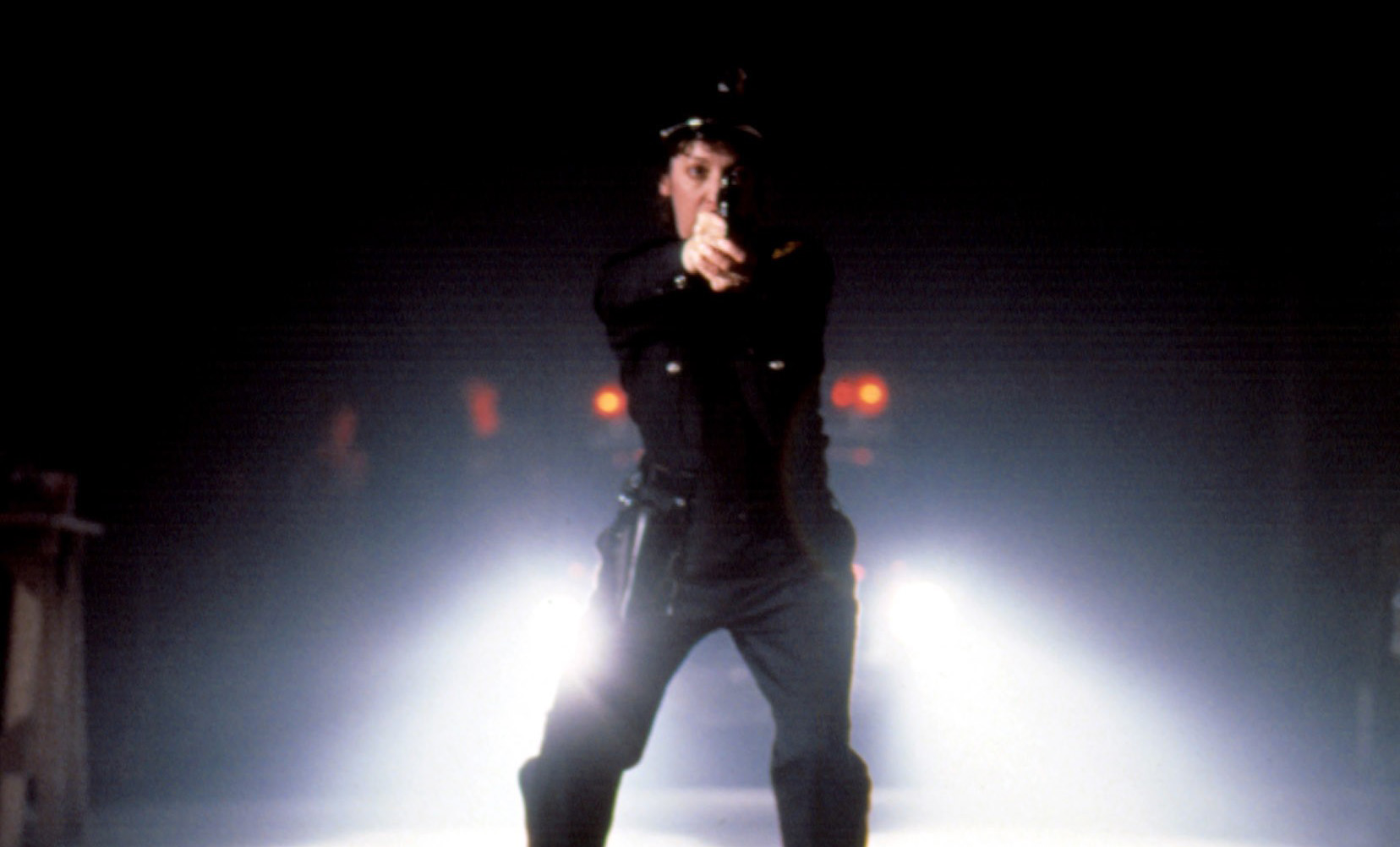
Where to watch: The Criterion Channel
Errol Morris’ 1988 documentary has had such an impact on documentaries that it’s one of the few true crime docs to be lampooned on the comedy series Documentary Now!. (The episode is titled “The Eye Doesn’t Lie,” if you want to look that up later.) While the parody featured a sign-spinner gunned down at a car wash, the real story surrounds a Dallas cop shot dead at a traffic stop in 1976. Though authorities had evidence implicating repeat offender David Harris, the then-16-year-old pointed the finger at drifter Randall Dale Adams, who was subsequently convicted of murder and sentenced to death.
Through the use of re-enactments (which disqualified the movie from Oscars consideration for Best Documentary Feature), a dread-filled score from composer and frequent Morris collaborator Philip Glass, and talking head interview testimony, The Thin Blue Line pokes holes in the theory of Adams’ guilt and presents alternatives. The result not only saved an innocent man from lethal injection by the state, but it primed the pump for documentaries to experiment with form by incorporating techniques from fiction cinema. It’s an artsy exhibit of the nightmare any citizen can endure at the hands of a dishonorable prosecutor.
3. Don’t F*ck With Cats: Hunting an Internet Killer
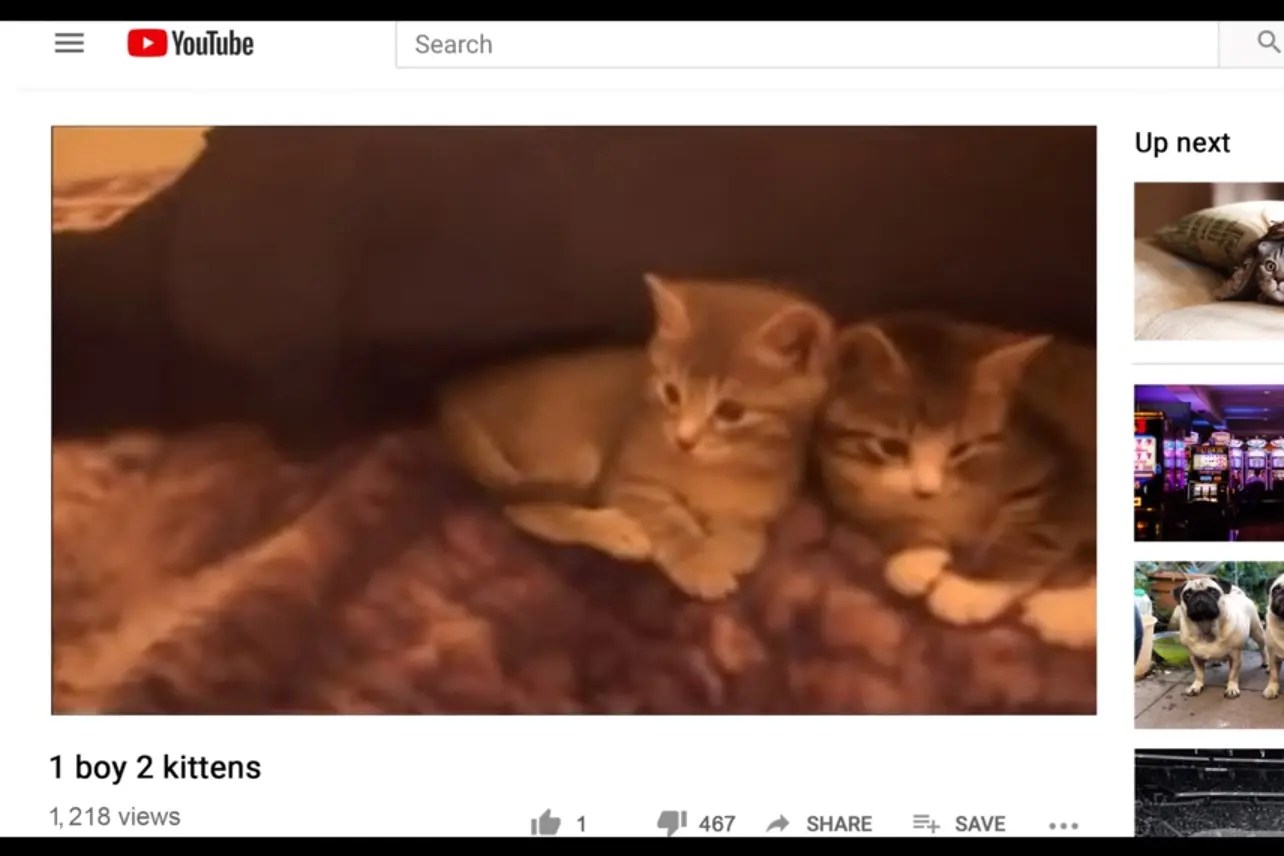
Where to watch: Netflix
In another true crime coverage piece, Princess Weekes further points out that the emergence of social media has exponentially increased “… the amount of people who can become invested in a case at once and the speed at which misinformation can spread.” This idea rings true in Don’t F*ck With Cats, a journey with the civilian sleuths whose efforts led to the identification of an attention-hungry animal abuser.
Luka Magnotta (born Eric Clinton Kirk Newman) wanted to be a star; the Canadian model used social media to cultivate a celebrity persona filled with embellishments and a false life of jet setting luxury. In 2010, he flirted with notoriety by hiding his identity and anonymously posting videos of himself killing kittens in various ways. His acts of cruelty included drowning the defenseless creatures, suffocating them in a vacuum-sealed bag, and feeding them alive to snakes. As more ordinary people found his videos (which are partially shown in the doc but cut away before any moments of harm), their outrage grew into a collective mission to find and expose the cat killer.
Don’t F*ck With Cats provides a fascinating look at armchair detectives and the intensity of their manhunt, which went above and beyond that of law enforcement. Every detail from each video was scrutinized; message threads had research on vacuum brands and blanket sellers and wall outlet types based on what could be glimpsed in each frame. The detective work was instrumental in finding Magnotta, right around the time he advanced from killing animals to targeting a human. But that same detective work briefly resulted in an innocent man being wrongly accused. If you can stomach it, this is one of Netflix’s most talked-about docs.
2. Who Killed Malcolm X?
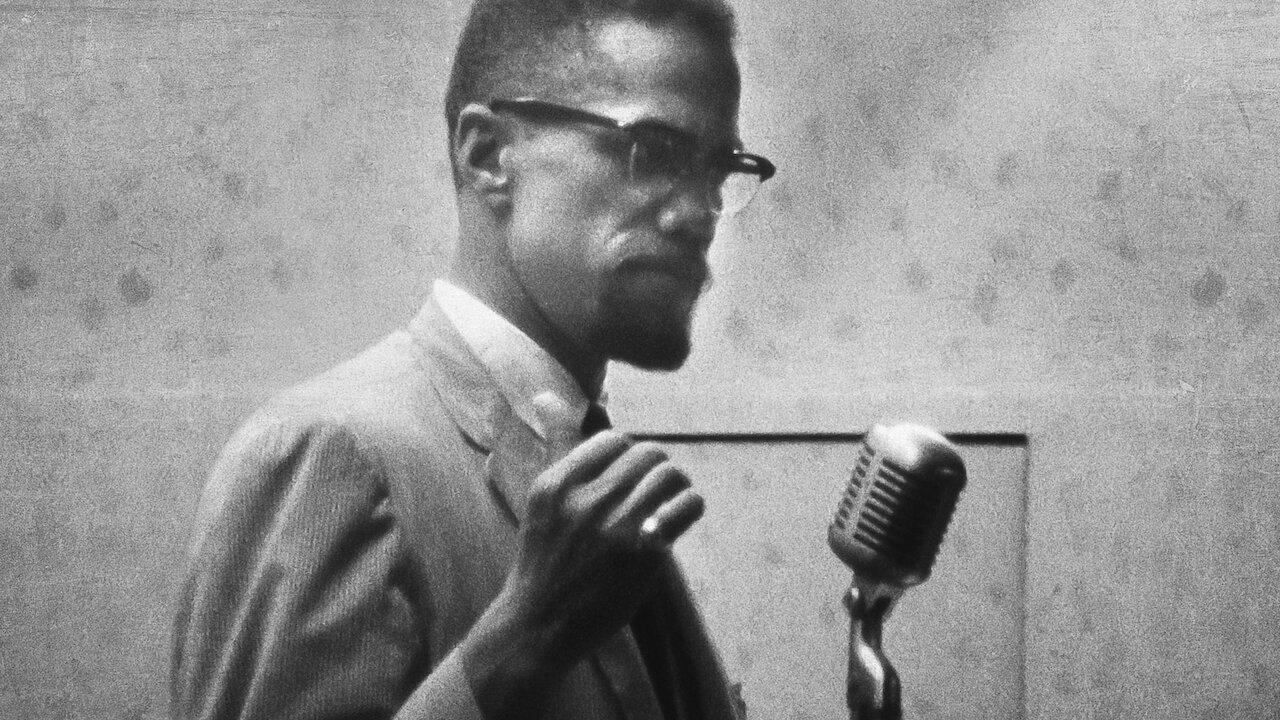
Where to watch: Netflix
In Who Killed Malcolm X?, historian Abdur-Rahman Muhammad works in tandem with miniseries directors Rachel Dretzin and Phil Bertelsen to reject the convictions of two of the three men implicated in the assassination of the famous civil rights leader.
After Malcolm X was gunned down in front of 400 people in Manhattan’s Audubon Ballroom on February 21, 1965, Talmadge Hayer (now going by the name Thomas Hagan) was apprehended and confessed to the crime. The two men convicted alongside him, Nation of Islam members Norman 3X Butler (now Muhammad Abdul Aziz) and Thomas 15X Johnson (now Khalil Islam), are the primary focus of Abdur-Rahman’s inquiries. Archival footage and intimate interviews with those involved paint a portrait of a shoddy investigation that placed blame on the wrong men and imprisoned them for 20 years.
The docuseries prompted the Manhattan district attorney to review the case, and in 2021—nearly two years after the release of Who Killed Malcolm X?—the convictions of Butler and Johnson were dismissed. Whether you condemn crime documentaries or praise them, this one has immense significance.
1. I’ll Be Gone in the Dark
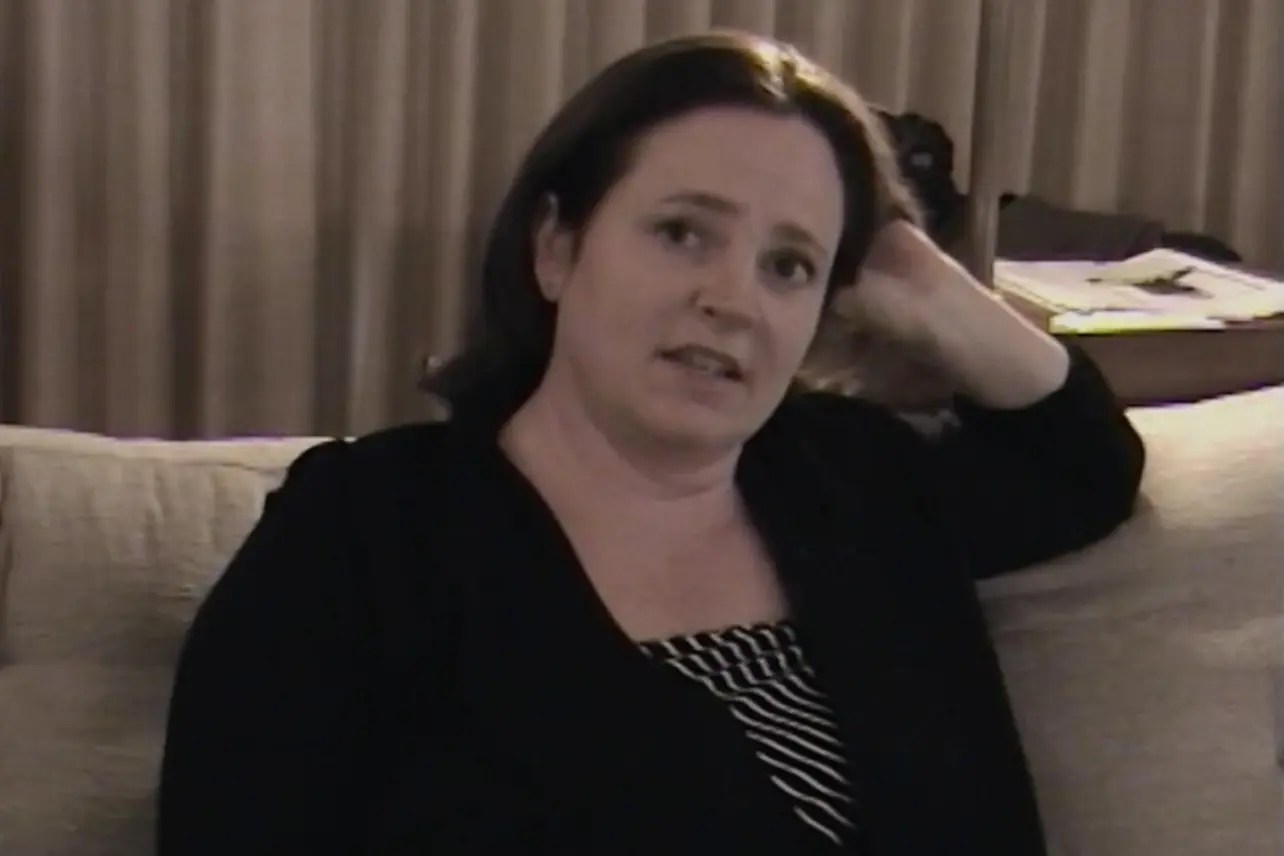
Where to watch: Max
The man who would become known as the Golden State Killer once said to one of his rape victims, “You’ll be silent forever, and I’ll be gone in the dark.” The latter half of that declaration is the title of a bestselling book by the late Michelle McNamara, which dedicates itself to uncovering the identity of a man who committed a span of burglaries, rapes, and murders in California from 1974 to 1986. He was called the Visalia Ransacker, the East Area Rapist, the Creek Bed Killer, and the Original Night Stalker, but for decades no one knew who this man was as he terrorized Californians up and down the state.
McNamara, who previously ran a true crime blog, developed an interest in solving the crimes and, following her 2013 article in Los Angeles magazine, signed a book deal with HarperCollins to set down the facts and clues regarding the case. The book was completed and released posthumously two years after McNamara’s death in 2016, and HBO quickly secured the rights to film a docuseries based on the book, retaining its title. I’ll Be Gone in the Dark is a six-part report on the exhaustive research and legwork conducted by McNamara.
“I love reading true crime,” she writes in her book, “but I’ve always been aware of the fact that, as a reader, I am actively choosing to be a consumer of someone else’s tragedy. So like any responsible consumer, I try to be careful in the choices I make. I read only the best: writers who are dogged, insightful, and humane.”
In her coverage of the docuseries, Princess Weekes confirms that McNamara passed those writing standards:
“Throughout the series, everyone notes that what made McNamara’s work and prose so outstanding was the human element she restored to the issue. The victims weren’t just numbers connected by a macabre red string loomed over by EAR/ONS. They were human beings who were just living their lives—some of them just beginning to blossom, others on the precipice of change, and many just caught up in the mundane until a blight swept into their lives.” If you’re only going to watch one documentary on this list, let it be this one.
(featured image: Netflix / HBO / Breaking Glass Pictures / Miramax)



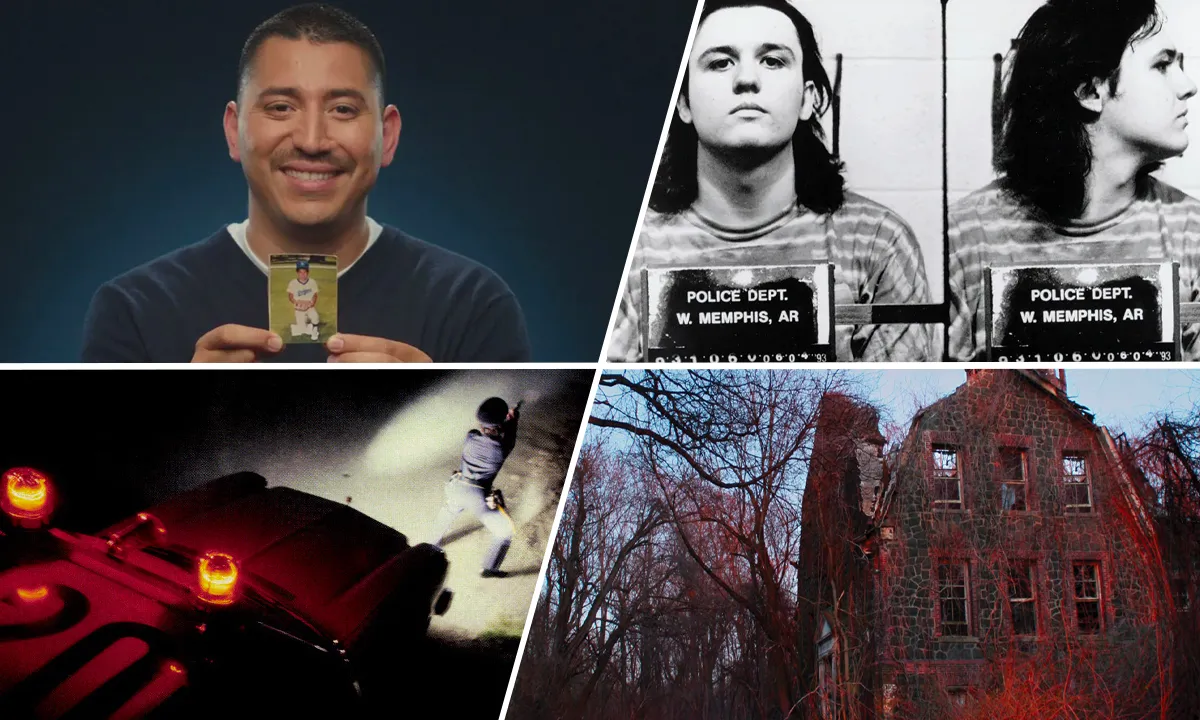






Published: Aug 9, 2023 12:09 pm